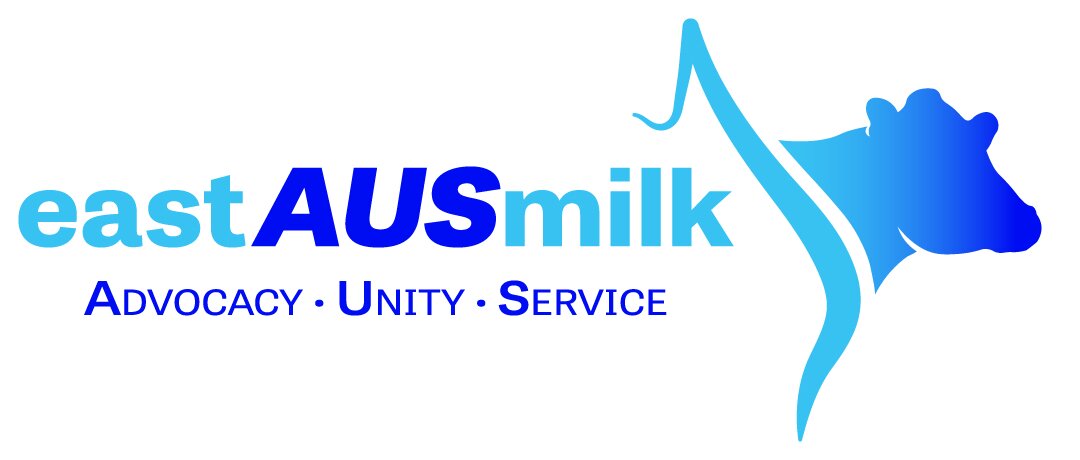Dairy Australia provides resources for managing wet conditions
Dairy farmers across Australia, particularly on the east coast, are again dealing with wet conditions and floods this spring and summer.
The third successive La Nina event means above average rainfall is forecast for many Australian dairy regions.
Dairy Australia has a number of resources available to help dairy farmers to manage wet conditions and to prepare for and recover from floods.
Floods can be unpredictable and destructive.
It is easy to become overwhelmed after a flood event.
A flood can also affect power supply to the farm.
Preparing for power outages helps farmers develop a contingency plan that will save time and keep the dairy operational during a power outage.
Floods can isolate farmers from their community, damage infrastructure, cut essential services, cause death or injuries and result in costly dumped milk.
Being ready with a contingency plan will save time and help keep the dairy operational.
Forward planning a team approach and practice are the key steps to minimise disruption to the business.
Recovery from any natural disaster can be slow, stressful and costly so it is worth spending time at least once a year to discuss areas of business risk with family and employees.
Animal welfare
When conditions get wet, the risk of mastitis and lameness can both increase.
After a flood, farmers should thoroughly assess sick or injured stock - if recovery is unlikely (e.g. from clinical mastitis or lameness), consider culling or humane euthanasia.
Write down an inventory of feed availability and accessibility - use it to budget daily cow requirements.
Wherever possible make feed mix changes slowly.
After a major flood event, cows may be unsettled and continuity of feed intake may be disrupted for a few days.
Try to use 'safer' feeds such as hay/silage or pasture as the main component of the diet until the cows settle back into a routine.
Milk yields may suffer initially but should recover within a few days.
Check damp hay stores for risk of spontaneous combustion.
If labour resources allow; reduce the risk of clinical mastitis by the following steps:
• Wash and dry all teats before cups go on (always use new paper towel for each cow).
• Strip cows every day to detect, treat and isolate clinical days.
• Ensure all surfaces of all four teats are covered with teat disinfectant.
• Keep teats clean and dry for at least an hour after the cows leave the shed.
• Set up feeding and other routines so cows don't lie down soon after milking.
To manage lameness:
• Identify lame cows and separate into smaller groups, close to the dairy, on the best feed available - consider milking them once a day.
• Treat lame cows as soon as possible.
• Be patient when moving all cows - tell staff to expect it to take twice as long as usual. Reschedule staff working hours to accommodate the change in routine.
• Try to keep yard concrete clear of stones to reduce injury to soft feet.
• Consider using material (more than 30 centimetres deep) over damaged parts of the laneways to reduce injury to cow's feet (within 30m of dairy yard) such as wood chips, sawdust, limestone.
To manage downer cows:
• Provide feed, water, bedding and shelter for downer cows. If there is not enough time to provide an appropriate level of nursing care, including lifting and regular assessments, people must consider humanely euthanase the cow.
• Downer cows must never be left in the paddock without feed, water, bedding, shelter and confinement or left hanging in hip clamps.
Keep an impact diary
Dairy Australia recommends farmers keep an impact diary after a natural disaster. This records the impact the disaster has had on the farm.
Keeping an impact diary is an important part of the recovery process from any natural disaster as it substantiates any claims for grant funding applications or assistance packages. The impact diary records any costs, time and resources devoted to clean up tasks and enables a better estimate of financial loss.
Use a phone or digital cameras to take photos of any damage and/or water levels for insurance claims and to help future planning. See Dairy Australia website for more information.
Source: The Land, 8 November 2022

